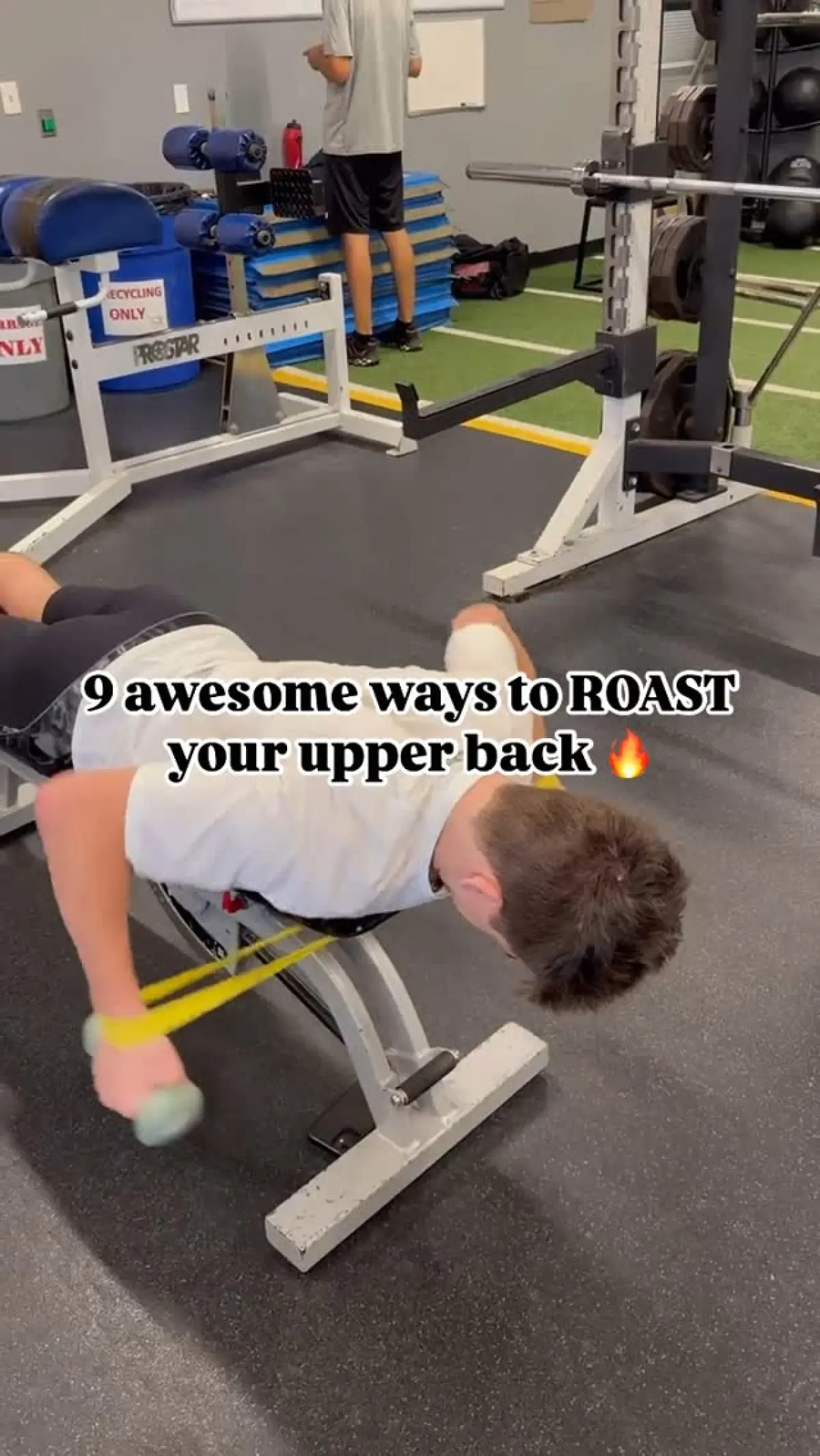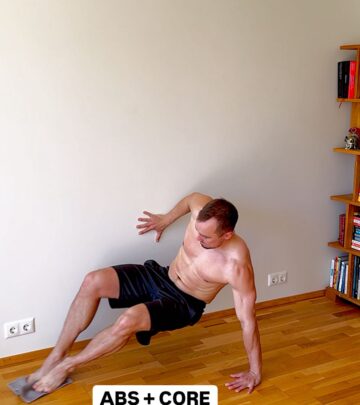9 Upper Back Accessory Exercises To Boost Strength
Revamp Your Workout: 9 Must-Do Upper Back Moves For Strength And Tone Daily! Get It ASAP!!

Image: Instagram
In today’s fast-paced fitness world, finding effective accessory exercises can make all the difference in balancing strength and preventing injuries. A recent Instagram post by renowned trainer Julian Locasto has caught the eye of fitness enthusiasts and professional athletes alike. The post outlines nine upper back accessory exercises designed to elevate your workout routine. Not only do these moves target the upper back, but they also serve as the perfect compliment to a well-rounded training regimen. Featured alongside this workout insight is strength coach Gerry DeFilippo from Challenger Strength, whose expertise reinforces the benefits of these exercises.
Accessory Exercises Spotlight
Julian Locasto’s Instagram post lists a series of nine exercises that focus on accessory work for the upper back. The exercise list includes: Banded prone external rotation, Band face pull-y press combo, Bottoms-up kettlebell press with a mini band, Classic face pull, Prone handcuff Y raise, Prone batwing Y raise, Prone batwing T raise, Band Y pull, and the Band Y pull isometric hold. Each exercise is designed with a dual purpose in mind – not only to target the often neglected upper back muscles but also to enhance shoulder stability and overall posture during heavy lifts and conditioning workouts.
These exercises are particularly essential for athletes and regular gym-goers who understand strength training is more than just heavy lifts. In a world where conditioning is often prioritized at the expense of strength, Locasto’s approach serves as a reminder that accessory moves are critical to long-term performance and injury prevention.
Why Focus On Upper Back Training
A strong upper back plays a crucial role in balance, posture, and injury prevention. Often, the emphasis in training programs tends to favor lower body power or chest and arm strength. However, as echoed by strength coach Gerry DeFilippo, integrated accessory training, especially for the upper back, can help prevent muscular imbalances that might otherwise lead to injury.
Training the upper back with targeted accessory exercises can yield enhanced performance during compound movements like deadlifts, bench presses, or even sports-specific motions. As DeFilippo and other experts have noted in past interviews and social media interactions, the balance between conditioning and strength training is delicate. For instance, an earlier post by Locasto humorously highlighted the double standards in the fitness world, where the warning signs of overtraining often go unnoticed until an injury strikes. By integrating these accessory moves, trainers can maintain strength and stability without compromising on movement mechanics.
Expert Insights And Community Reactions
The detailed sequence of exercises provided by Locasto reflects extensive research and practical application. Many fitness professionals have discussed how accessory exercises complement major lifts, thereby reducing the risk of injury. In an earlier Instagram post, Locasto explained that “nonstop conditioning and overuse will get you hurt if you don’t include strength training.” With these upper back drills, athletes are reminded to strike a balance between explosive power and muscular support.
Recent community reactions on social media have been overwhelmingly positive. Fitness enthusiasts and athletes alike are thanking Julian Locasto for sharing a clearer, focused approach to upper back training. Gerry DeFilippo’s association with the post adds an extra layer of credibility and authority. In a world where training methods frequently spark debate, such expert-backed routines stand out for their practical benefits and simplicity.
Integrating The Exercises Into Your Routine
For those new to accessory training, incorporating these moves might seem challenging initially. However, experts recommend starting with lighter resistance—especially during exercises like the bottoms-up kettlebell press or prone batwing raises—to master proper form. As one user noted in a comment on an older Locasto post, focusing on consistency over intensity is key to minimizing risk while building a solid strength base.
Athletes are encouraged to add these exercises gradually to their existing workout regimen. For example, performing the band face pull-y press combo correctly not only activates key stabilizer muscles but also provides a backup reinforcement for the shoulder girdle during more explosive lifts. Another variation, such as the band Y pull isometric hold, serves as an excellent finisher in any training session, ensuring the upper back receives sufficient activation.
Moreover, the discussion around these exercises has extended to other common training queries on social media. Previous posts shared by Locasto, including drills for explosive lower body movement and agility improvements, have reinforced the idea that a balanced routine incorporating both strength and plyometric work is essential for overall athletic development.
Conclusion
Julian Locasto’s compilation of nine upper back accessory exercises provides a timely reminder that effective training doesn’t solely rely on heavy lifts and high-intensity drills. With expert backing from strength coach Gerry DeFilippo and a supportive fitness community, these moves offer a practical solution to building a stronger, more resilient upper back. Whether you are an elite athlete or a dedicated fitness enthusiast, integrating these exercises into your workout routine can help you prevent injuries, improve posture, and ultimately boost overall performance. As the conversation around training continues to evolve, it is clear that blending accessory exercises with traditional strength training holds the key to a well-rounded, robust fitness program.
Read full bio of Manjari Uppal














